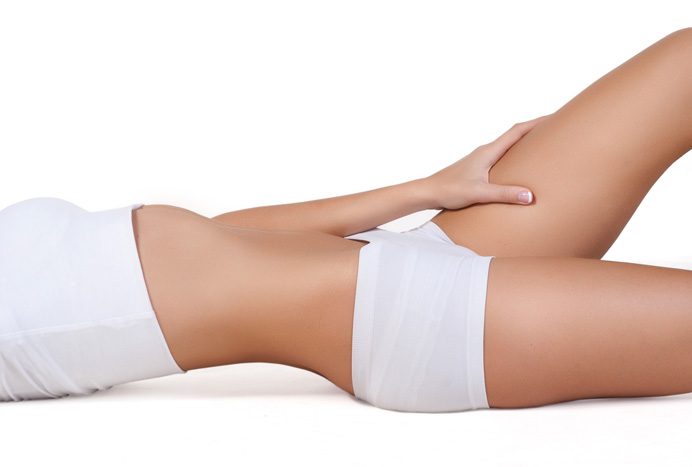Surgical Trends
We all have things we’d like to change about ourselves. With the help of the right surgeon, that wish list can come true.
Dr. Angelo Cuzalina, a cosmetic surgeon at Tulsa Surgical Arts, says that buttock enhancement is a popular trend with his clients.
“There are three ways to enhance the buttocks,” he says. “A butt lift, or booty lift, is usually best for people who have lost weight and have sagging skin.”
Another popular buttock enhancement is for people who don’t have shapely buttocks. Gluteal implants are solid silicone and are rounded to add shape for an individual that otherwise has no shape to his or her buttocks.
[pullquote]“One of the most common places that bariatric patients sag is in their belly.”[/pullquote]
The Brazilian butt lift adds fat taken from other areas of the body to the buttocks to create a very exaggerated shape.
“[With] women who have fuller physiques in the hips and waist, we can contour the buttocks by taking fat from those areas and transplanting it into the buttocks,” Cuzalina says. “We can sculpt it into the shape you want. It looks good and is less expensive than a butt lift or butt implants.”
Cuzalina says that with the increase of bariatric surgeries comes an increase in patients who have sagging skin that needs to be corrected.
“Tummy tucks – they’ve been around a long time – but because of bariatric surgery and just being more comfortable with cosmetic surgery,” the procedure is as popular as ever, Cuzalina says. “One of the most common places that bariatric patients sag is in their belly.”
Dr. Arch Miller, a board-certified plastic surgeon with Tulsa Plastic Surgery, says that a recent advancement in plastic and reconstructive surgery using stem cells has aided him in rebuilding bone for patients that have suffered from ailments that affect the structure of the chest.
“One of the things that has really helped us in aspects for cancer patients and for heart patients who have had chest infections and sternums that are falling apart has been a company that is purifying and getting stem cells for us to use for rebuilding bone and making new ribs and sternums for patients,” Miller says. “We take patients that don’t have ribs, and we build with the dermal matrix.”
Working with a company called AlloSource, materials like bone marrow, stem cells and pipelines that attach to sternums are used for the procedure.
“It is one of the biggest advances as a reconstructive surgeon I’ve had [in my career],” Miller says.
He also says that a couple of machines in his office are making it easier to treat common complaints from patients.
“One of [the machines] is an ultrasound machine that you hold over the fat in the tummy,” Miller says. “Soundwaves penetrate through the skin and kill fat cells. There’s no pain, no downtime, no shots and the whole procedure takes about an hour.”
The other machine, he says, is not as new in terms of technology but new in that it is easier now for those who struggle with excessive sweat to fix the problem. Called MiraDry, the machine exposes sweat glands in the armpit to a radio frequency that causes them to stop working.
“Once you’ve had this treatment, you don’t sweat anymore,” Miller says, “but the important thing of it is that it basically stops you from perspiring. If you’re a public speaker, a pageant contestant or someone who sweats excessively, that’s a big deal.”
Both Miller and Cuzalina say that the use of fillers and injectables continues to be popular among patients. Miller has seen an increase in popularity of the “liquid facelift,” a technique in which injectables and fillers are used over several treatments, eventually resulting in a facelift that does not require surgery.
2013 Cosmetic and Reconstructive Plastic Surgery Trends
- 15.1 million cosmetic procedures
- 1.6 million cosmetic surgical procedures
- 13.4 million cosmetic minimally-invasive procedures
- 5.7 million reconstructive procedures























